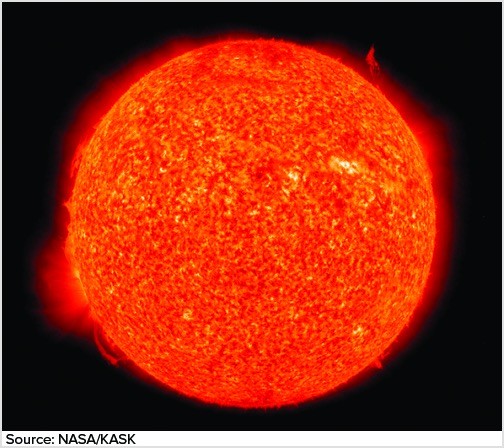What will likely happen to this object in the future?
A. It will continue to evolve with its stars going through their evolution.
B. The ejected material could be disbursed, with the material remaining in proximity to it.
C. It could evolve into a more structured galaxy.
D. It will continue to consume its hydrogen through nuclear fusion and will emit electromagnetic radiation.
Answer: D
You might also like to view...
In the above map, the darker areas most likely represent areas of higher
A) birth rates. B) death rates. C) refugee populations. D) education levels. E) nutritional densities.
Sound waves cannot travel in
A) air. B) water. C) steel. D) a vacuum. E) They can travel in all of the above.
At the end of the twentieth century, ________ has/have been added to environmental thinking.
A. Human population growth B. Air pollution problems C. Water supply and pollution problems D. Urban problems E. Global concerns
One of the drawbacks of leaving crop residues on a field after harvest is increased
A. Energy use of machinery B. Cost due to the high cost of fertilizers C. Salinization D. Pest and disease problems E. Wind erosion